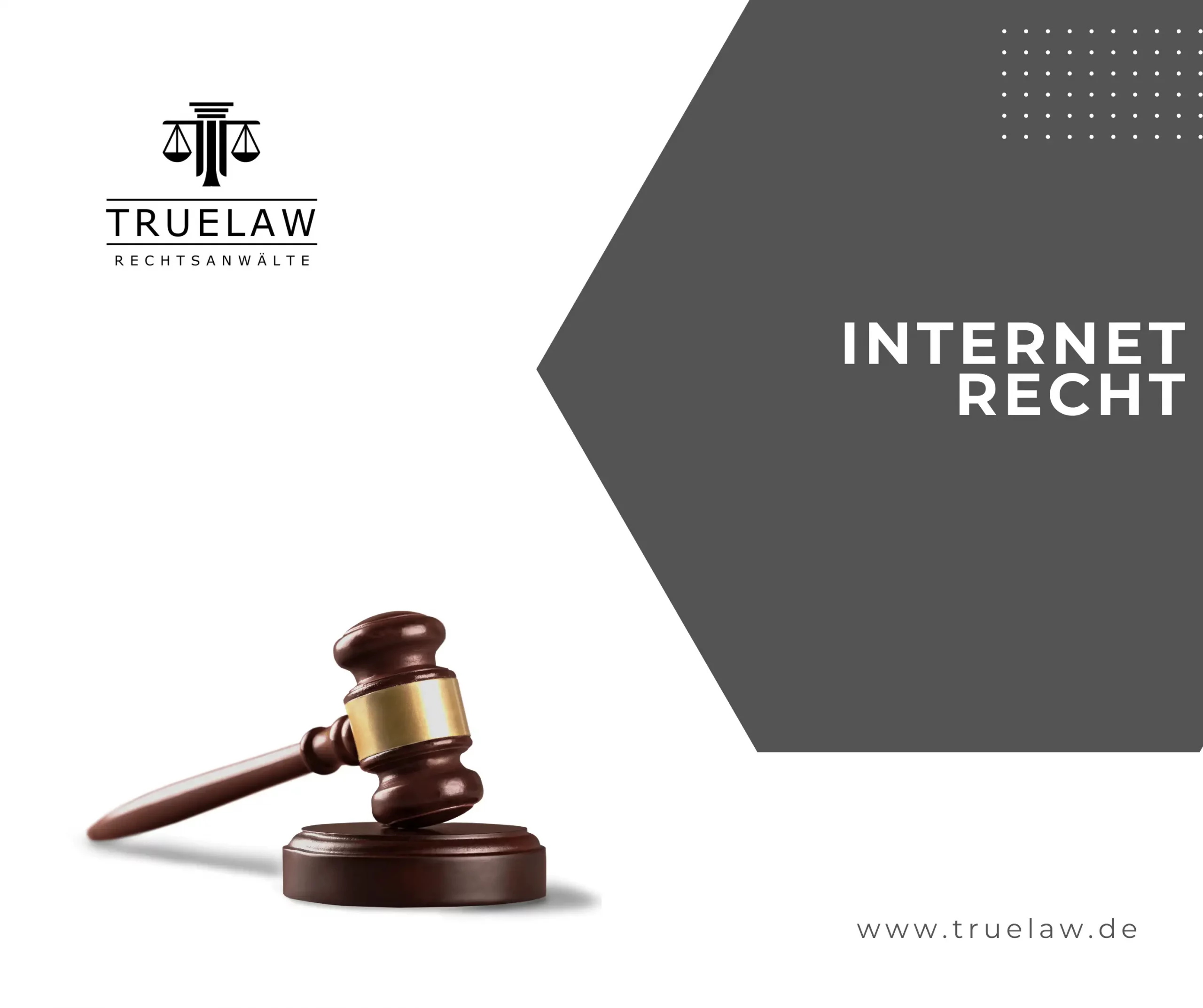Technological progress has led to considerable changes in the IT sector in recent years. The next step is the switch from operating local IT infrastructures to moving them to the cloud.
Terms such as Platform as a Service PaaS, Software as a Service SaaS or Infrastucture as a Service IaaS are buzzwords that do not in themselves make it clear how great the associated upheavals will actually be.
The use of so-called multi-tenant architectures not only has considerable cost advantages for companies, but also enables the use of computing power to the exact extent that it is needed.
Problems arise in this context with the protection of personal data in the cloud, IT security and copyright aspects of cloud computing. For example, it is not a matter of course to be able to use the software you have already purchased in the cloud in a legally compliant manner.
New models are currently being sought here. For example, the current practice of providing software for an unlimited period of time is being replaced by new license models that allow hybrid solutions and a gradual transition from traditional licenses to services.
Another risk management tool that has rarely been used to date is cloud escrow, which ensures the availability of software used in the cloud even in the event of a permanent service outage or the insolvency of the service provider.
In the event of damage, a major problem lies in localizing where the damage occurred. Since the data is not stored on a local computer or a central server, but is instead kept ready for retrieval in a data cloud, the data can be moved from one server to another in very short periods of time, either in whole or in part, depending on the utilization of the overall system. The result of this is that the data may be distributed across many different servers at the time of the damage. In contrast to local computers, there is no server as a physical unit.
The problem could be solved by an escape clause that provides for the application of the law on which the contractual relationship between the end user and the cloud computing provider is based. The basis of these considerations is that the randomness of the location of the data at the time of the damage has its origin in this contract.

